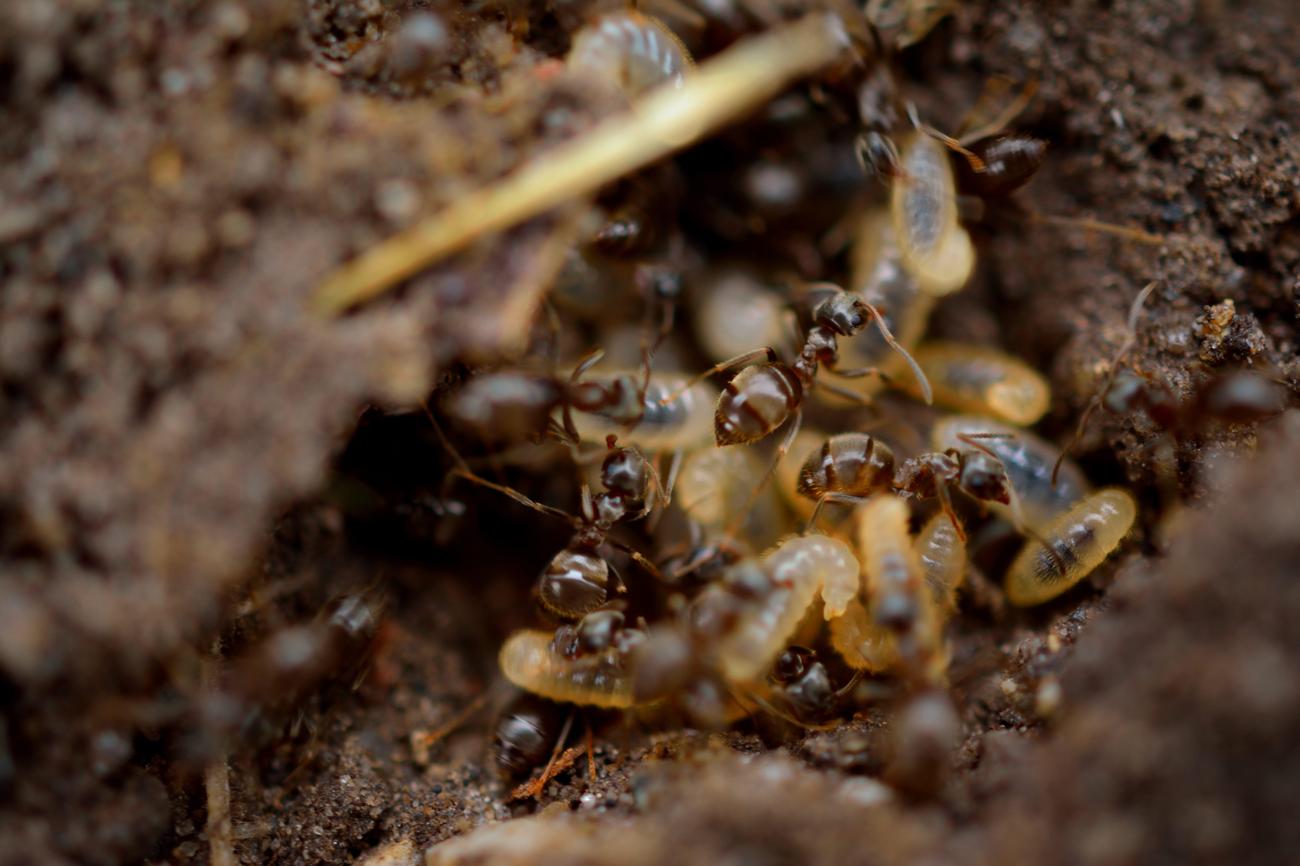Termites, those tiny yet mighty insects that thrive in nearly every corner of the planet, have long fascinated scientists and homeowners alike. But have you ever wondered just how many of these intriguing creatures exist in the world? In this captivating article, we will delve deep into the realm of termites, unveiling their global population estimates and exploring the profound ecological impact they have on our planet. Prepare to be astounded as we unravel the mystery of “How many termites are there in the world?” and gain a deeper appreciation for these remarkable creatures and their significance in the grand tapestry of life.

How Many Termites Are There In The World
Termites, those humble creatures often mistaken for ants, play a crucial role in our ecosystems. But how many termites are there in the world? This question has intrigued scientists for years, and as an experienced entomologist specializing in termites, I am here to shed light on this fascinating topic.
To begin with, it’s important to understand that termites are a highly diverse group of insects. Currently, there are approximately 3,106 valid species of termites known to science, with new species constantly being discovered and existing ones reclassified. In fact, some estimates suggest that the total number of termite species worldwide could be as high as 10,000. It’s a staggering number that highlights just how diverse and unique these creatures are.
Out of the known termite species, the majority belong to the family Termitidae, with 2,105 species falling into this category. However, it’s worth mentioning that different sources may provide slightly different figures. Another source suggests that there are currently about 2,000 known termite species. Despite these variations, what remains clear is that termites are a highly adaptable and successful group of insects, found in various habitats across the globe.
When it comes to estimating the global population of termites, it’s a challenging task. Unlike some other animals, termites don’t leave obvious footprints that can be easily counted. However, by employing state-of-the-art sampling techniques and data analysis, we entomologists strive to provide accurate estimates.
Termites, being detritophagous eusocial insects, feed on decaying plant material, particularly wood, leaf litter, and soil humus. They have a unique way of life, with a caste system consisting of soft-bodied workers, soldiers, kings, and queens. These castes work together to build their nests and maintain their colonies, often exhibiting complex collective behaviors. In fact, termite colonies are often referred to as superorganisms due to their self-governing nature.
But let’s get back to the question at hand: how many termites are there in the world? While it’s difficult to provide an exact number, we can make educated estimates based on our knowledge of termite ecology and their distribution. These estimates vary depending on the region and habitat, but it is believed that the global termite population is vast.
To put things into perspective, imagine a bustling city with countless skyscrapers. Each of these skyscrapers represents a termite colony, housing thousands or even millions of individual termites. Now multiply this image by thousands, if not millions, of times, and you’ll start to grasp the magnitude of termite populations around the world. Their numbers are truly staggering!
In conclusion, termites are not to be underestimated. They are not just pests that cause damage to wooden structures; they are complex organisms with fascinating behaviors and ecological importance. While pinning down the exact number of termites in the world may be challenging, one thing is clear: their global population is massive and plays a vital role in the functioning of ecosystems. By studying and understanding these remarkable creatures, we can better appreciate the intricacies of the natural world.
“The global population of termites is vast, with countless colonies housing thousands or even millions of individual termites. Their numbers are truly staggering!”
Termites, those tiny creatures that live in colonies and wreak havoc on our homes, hold some fascinating secrets. Did you know that termites have been around for over 250 million years? That’s just one of the incredible facts about these industrious insects. If you’re curious to learn more, check out our list of 10 fun facts about termites. You’ll be amazed by their teamwork, their ability to digest wood, and even their royal families. Don’t miss out – click here to uncover these intriguing tidbits about termites: 10 fun facts about termites.
How Many Termites Are There In The World
Termites, the silent destroyers, are fascinating creatures that have captured the curiosity of scientists and researchers alike. Have you ever wondered about the global termite population and just how many termites there are worldwide? Well, prepare to be amazed! According to recent studies, the number of termites worldwide is astounding. In fact, it is estimated that there are billions upon billions of these tiny, yet industrious insects scurrying about right under our feet! If you’re curious about the total termites on Earth, you’ll be delighted to know that there are several scientific sources that delve into this intriguing topic. So, if you’re ready to uncover the secrets of the global termite population and delve into the world of these incredible creatures, click here: global termite population.
While the global termite population is undoubtedly mind-boggling, let’s not forget about the sheer numbers of these insects worldwide. Think about it for a moment – just how many termites are there around the globe? The answer might just blow your mind! When researchers started to investigate and determine the number of termites worldwide, they were astounded by their findings. It is thought that the total termites on Earth reach an unimaginable figure. So if you’re intrigued and want to delve deeper into this astonishing fact, click here: number of termites worldwide.
But wait, there’s more! The exploration of the total termites on Earth doesn’t end there. If you’re eager to discover more about these remarkable creatures and the extent of their presence across the globe, you won’t want to miss out on this link: total termites on earth. Be prepared to have your mind opened to the vast and fascinating world of termites like never before!
So, whether you’re an aspiring entomologist or simply have a curious mind, these links will transport you to a realm where the global termite population and the number of termites worldwide will leave you in awe. Dive right in and unravel the mysteries of these incredible insects!

FAQ markdown format
How many species of termites are there?
There are approximately 3,106 valid species of termites, but this number is constantly changing as new species are discovered and existing ones are reclassified. Estimates suggest that there could be as many as 10,000 termite species worldwide.
How many termite species belong to the family Termitidae?
Out of the currently described 2,972 extant species, 2,105 of them belong to the family Termitidae.
What do termites eat?
Termites are detritophagous eusocial insects that consume decaying plant material, particularly wood, leaf litter, and soil humus.
Are termites ants?
No, termites are not ants. They have a soft-bodied worker caste commonly referred to as “white ants,” but they are not ants. Termites evolved from wood-eating cockroaches and are closely related to them.
How do termite colonies start?
Most termite colonies start from sexually mature individuals known as the “king” and “queen” that form a lifelong monogamous pair.
- Georgia Platform: A Southern Strategy, 1850s - March 31, 2025
- How many weeks is 40 days: Quick Conversion Guide for Accurate Results - March 31, 2025
- How many feet is 300 meters? 984 Feet: Understand Length Conversions Easily - March 31, 2025
















